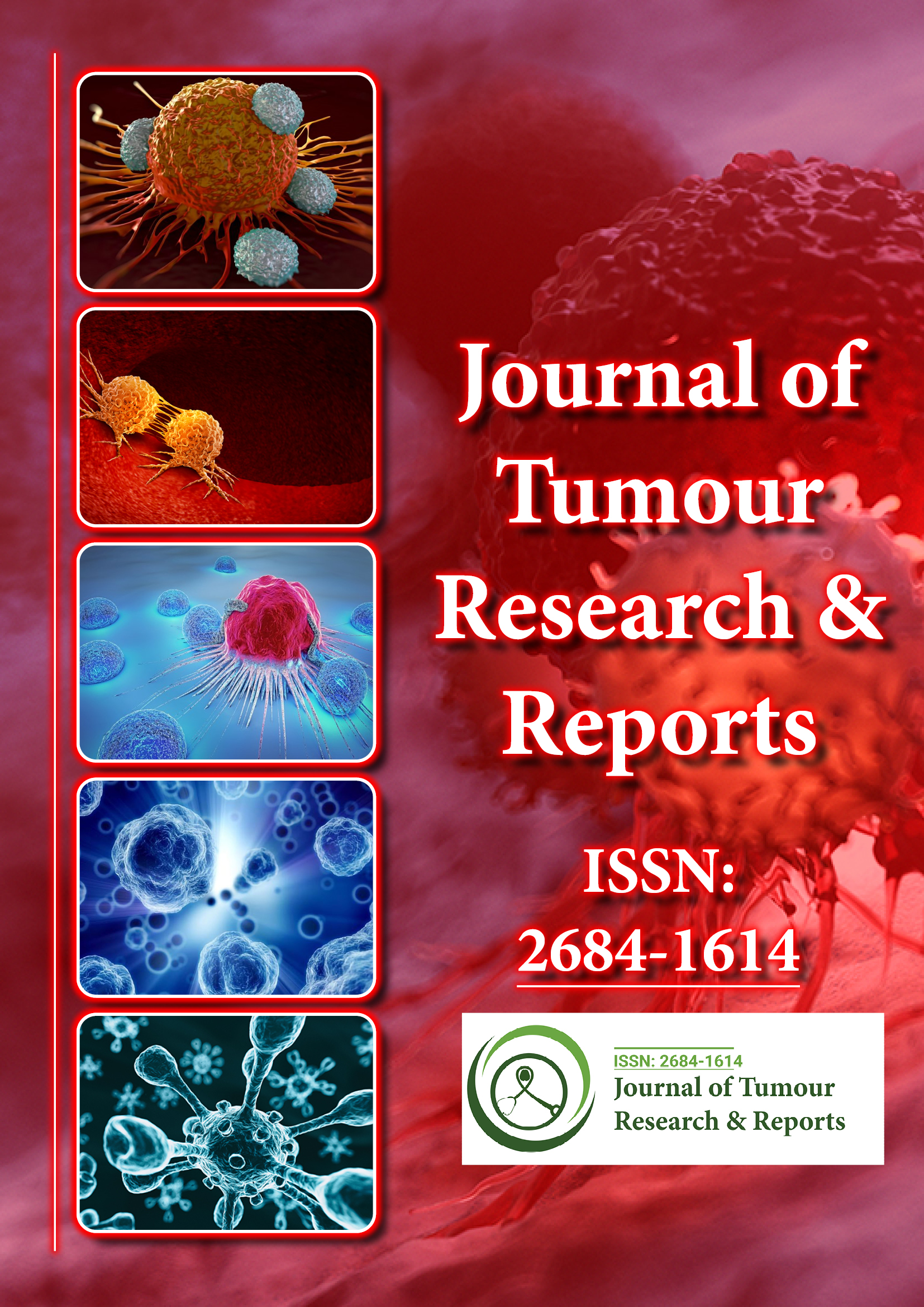Indexé dans
- RechercheRef
- Université Hamdard
- EBSCO AZ
- Google Scholar
Liens utiles
Partager cette page
Dépliant de journal

Revues en libre accès
- Agriculture et aquaculture
- Alimentation et nutrition
- Biochimie
- Bioinformatique et biologie des systèmes
- Business & Management
- Chimie
- Génétique et biologie moléculaire
- Immunologie & Microbiologie
- Ingénierie
- La science des matériaux
- Neurosciences & Psychologie
- Science générale
- Sciences cliniques
- Sciences environnementales
- Sciences médicales
- Sciences pharmaceutiques
- Sciences vétérinaires
- Soins infirmiers et soins de santé
Abstrait
A Case of Retroperitoneal Primary Neuroblastoma that Developed in Adulthood
Shunsuke Watanabe, Fujio Hara, Yasuhiro Kondo, Tatsuya Suzuki, Toshihiro Yasui, Naoko Uga and Atuki Naoe
Neuroblastoma is a solid malignant tumor found in young children period, but it may also develop in adulthood. Adult neuroblastoma is rare in Japan (incidence of at least 1/100 million). Here, we report on an adult with retroperitoneal primary neuroblastoma. A 32-year-old woman presented with a chief complaint of abdominal tumor diagnosed as neuroblastoma on needle biopsy. The tumor markers for neuroblastoma were 32.6 ng/ml for neuron specific enolase, 30.1 μg/mg Cr for urine vanillylmandelic acid and 42.3 μg/mg Cr for urine homovanillic acid. Imaging showed metastasis to the mediastinal lymph nodes, but bone metastases were not found. The International Neuroblastoma Risk Group Staging System classification for this neuroblastoma was stage M. The tumor involved the left renal artery and aorta. The case was positive for image defined risk factors. Therefore, the patient received three courses of cyclophosphamide, pirarubicin, vincristine, and cisplatin. Tumor shrinkage was noted. We recommended continued chemotherapy, and bone marrow transplantation, but the patient refused further chemotherapy due to the serious side effects of chemotherapy. Tumor extirpation was judged possible by resection of the left renal tumor using a retroperitoneal mirror in combination. The excised tumor was more ganglion-like than at biopsy, and a stroma-rich portion was recognized, which was thought to be maturation due to chemotherapy. MYCN gene amplification was absent. Postoperatively, radiotherapy of the tumor bed and mediastinal lymph nodes was performed and the patient was followed-up. Many adults refuse chemotherapy, which makes sufficient treatment difficult. In adults, even when MYCN gene amplification is not allowed, sufficient observation is necessary since prognosis is the poor.